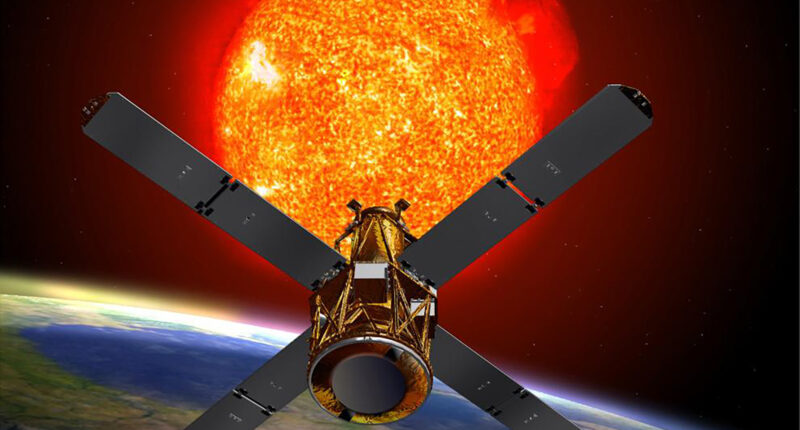THE massive 660lbs satellite that crashed back to Earth earlier this week has found a new home in the Sahara Desert, Nasa announced.
Nasa had previously been forced to deny claims the satellite was responsible for the “meteor” that lit up the skies over Ukraine the same night it landed.
The Reuven Ramaty High Energy Solar Spectroscopic Imager (RHESSI) has been retired since 2018.
It was retired after Nasa had communication difficulties with RHESSI.
Some of the satellite would have burned up in the atmosphere in re-entry.
Although some parts of the massive satellite survived.


Before it’s return, the US space agency said the retired satellite had a one in 2,467 chance of hitting someone upon re-entry.
While Nasa described the risk of being hit by debris as “low”, it was much higher than other uncommon risks people face daily.
For example, the National Weather Service estimates that every year, individuals face a 1 in 1,222,000 chance of being struck by lightning.
That chance goes up when looking at the odds of being struck within an average lifetime, with a 1 in 15,300 chance – however it is still much lower than the chance of being hit by RHESSI.
Most read in Tech
The spacecraft first launched in 2002 and for 16 years observed solar flares and coronal mass ejections, according to Nasa
It had been nearly 21 years since the satellite was in Earth’s atmosphere.
During its lengthy mission, the satellite recorded over 100,000 X-ray events.
It was key in assisting researchers studying the energetic particles in solar flares.
RHESSI also assisted in other discoveries, such as improving measurements of the shape of the Sun and research on terrestrial gamma-ray flashes, according to Nasa.
The satellite even provided the first gamma-ray images and high-energy X-ray images of solar flares.
Best Phone and Gadget tips and hacks

Looking for tips and hacks for your phone? Want to find those secret features within social media apps? We have you covered…
We pay for your stories! Do you have a story for The Sun Online Tech & Science team? Email us at [email protected]









